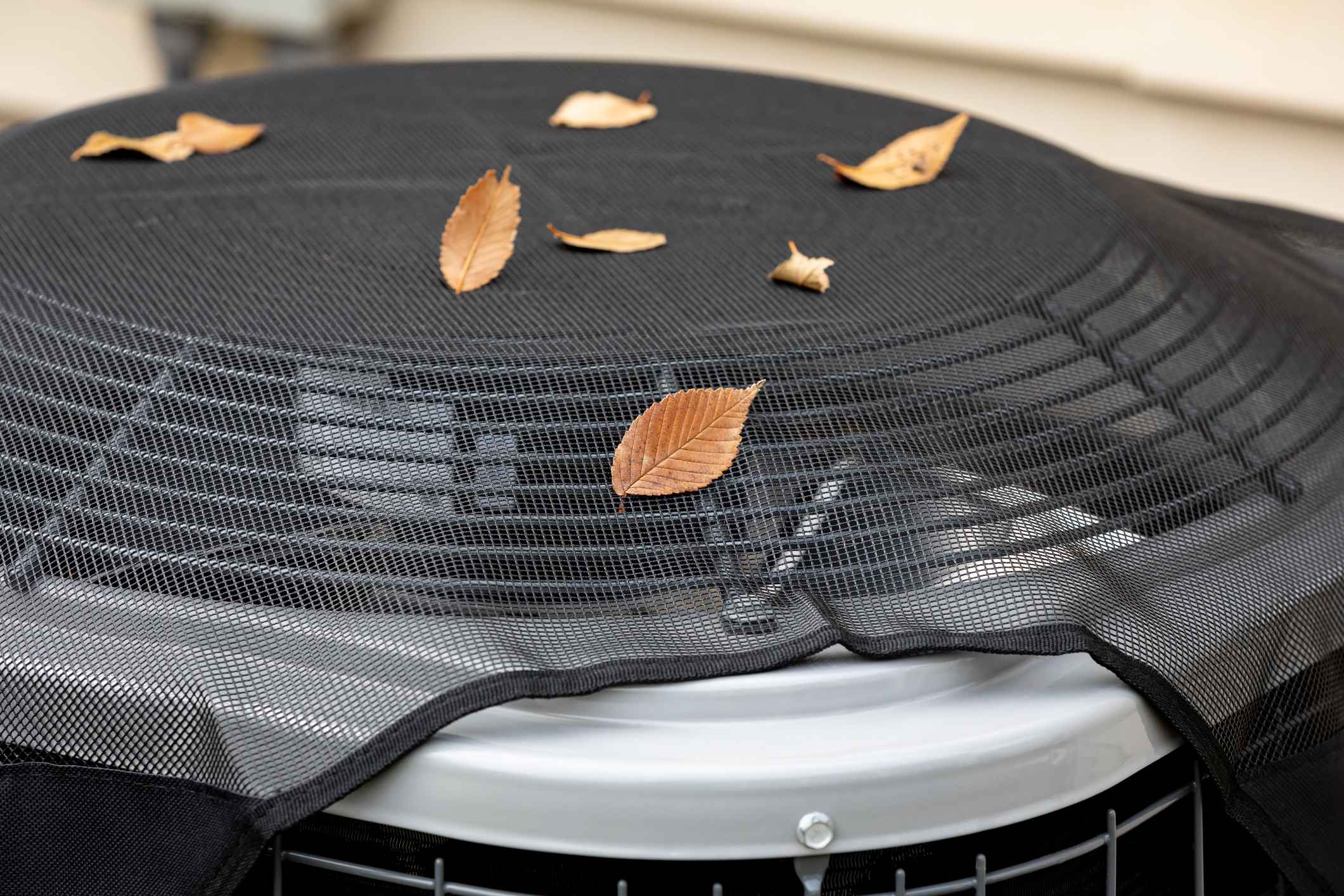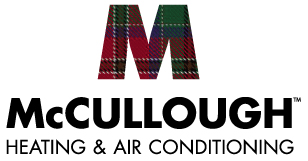4.8 Google Rating

Should I Replace My Heater & AC at the Same Time?
When it comes to HVAC systems, it’s common for homeowners to wonder if replacing both the heater and air conditioner simultaneously is a wise investment. While each system can work independently, there are times when replacing them together makes more sense in terms of efficiency, compatibility, and long-term cost savings. This article will help you evaluate whether replacing both units at the same time is the best choice for your home, covering the advantages, potential drawbacks, and expert tips for Austin homeowners.
Understanding Your HVAC System’s Lifespan
Generally, HVAC systems have different lifespans:
- Air Conditioners: Average lifespan is 10-15 years.
- Furnaces/Heaters: Can last 15-20 years with proper maintenance.
Since furnaces often outlast air conditioners, homeowners sometimes replace their AC without changing the furnace. However, compatibility, efficiency, and the combined age of the units should be considered when deciding on a replacement strategy.
Benefits of Replacing Both Systems Together
Replacing both the heater and AC together can offer multiple benefits:
- Improved Energy Efficiency
HVAC technology has made significant strides in recent years. Newer systems are far more efficient, helping you save on monthly energy bills. When you install both units simultaneously, you’re ensuring that your heating and cooling systems are operating at peak efficiency, without one older system holding back the other. - Enhanced System Compatibility
Heating and cooling systems work best when designed to function as a single unit. Mismatched systems, such as an old furnace paired with a new AC, may not be compatible, leading to issues like uneven cooling or reduced efficiency. By replacing both, you ensure that the components are compatible, leading to better performance. - Cost Savings Over Time
While the upfront cost of replacing both systems may seem high, it can save you money in the long run. Many HVAC companies offer discounts for replacing both units at once, and you’ll also save on installation fees by having the systems installed together. Additionally, newer systems often require fewer repairs, reducing ongoing maintenance costs. - Simplified Maintenance
With both units on the same replacement schedule, it’s easier to keep track of maintenance and warranties. You won’t have to worry about replacing one unit now and dealing with another replacement a few years down the road. This approach makes budgeting and planning more manageable.
When to Replace Both Systems
There are specific situations where replacing both the heater and AC together is highly recommended:
- If Both Units Are Aging: If both your heating and cooling systems are over 10-15 years old, replacing them together makes sense. Even if the furnace is still operational, it may be less efficient, and pairing a new AC with an old furnace can reduce overall system performance.
- Major Efficiency Upgrades: Homeowners interested in maximizing energy savings and reducing their carbon footprint may find it beneficial to install high-efficiency, matched systems. Look for units with high Seasonal Energy Efficiency Ratio (SEER) ratings for cooling and Annual Fuel Utilization Efficiency (AFUE) ratings for heating to ensure optimal performance.
- Frequent Repairs: If both systems are requiring regular repairs, it may be more cost-effective to invest in new units. Frequent breakdowns are often a sign that systems are near the end of their lifespan.
Potential Drawbacks of Replacing Both Units
While there are many advantages to replacing both units simultaneously, there are some potential drawbacks to consider:
- Higher Initial Cost: The upfront cost of replacing both units can be significant. For homeowners on a tight budget, replacing one unit at a time may seem more feasible. However, financing options and rebates are often available to help make the investment more manageable.
- Environmental Impact: If your furnace is relatively new and in good working condition, replacing it may seem wasteful. In this case, evaluate the system’s efficiency. If it’s still performing well, you might consider replacing only the AC and waiting to replace the furnace when it’s closer to the end of its life.
Financing Options and Rebates
Replacing both units can feel like a big investment, but there are often ways to make it more affordable:
- Manufacturer Rebates: Many manufacturers offer rebates on high-efficiency units, especially when both systems are purchased together.
- Energy Efficiency Incentives: Look for federal or local rebates for energy-efficient HVAC upgrades. Some programs offer incentives for homeowners who install high-efficiency systems.
- HVAC Financing: Many HVAC companies, including McCullough, offer financing plans to help spread out the cost of new systems. Be sure to ask about options to make replacing both units more manageable.
Frequently Asked Questions
- Can I install a high-efficiency AC with an old furnace?
It’s possible, but it may not provide the full efficiency benefits. A newer AC might not reach its full potential when paired with an older furnace, which could affect your energy savings. - How much does it cost to replace both systems?
The cost varies based on the size of your home, the units selected, and installation requirements. On average, replacing both systems can range from $7,000 to $15,000, but rebates and financing can help reduce the immediate expense. - Are there any signs my furnace and AC need to be replaced?
Frequent repairs, uneven cooling/heating, rising energy bills, and unusual noises are all signs that your systems may be reaching the end of their lifespan.
Conclusion: McCullough’s Expertise for System Replacements in Austin
Deciding to replace both your heater and AC at the same time can feel like a big decision, but it often provides the most cost-effective and energy-efficient solution. With better compatibility, enhanced energy savings, and fewer repairs, a new matched system is a worthwhile investment for many Austin homeowners. McCullough Heating & Air Conditioning is here to guide you through every step of the process. Contact us to learn more about system replacements, explore financing options, and find out how we can help keep your home comfortable year-round.
Recent News

What Makes McCullough Heating & Air Conditioning the Right Choice for Austin Heating Needs

Why Texas Homeowners Are Upgrading to Heat Pumps in 2026: Efficiency & Tax Credit Insights
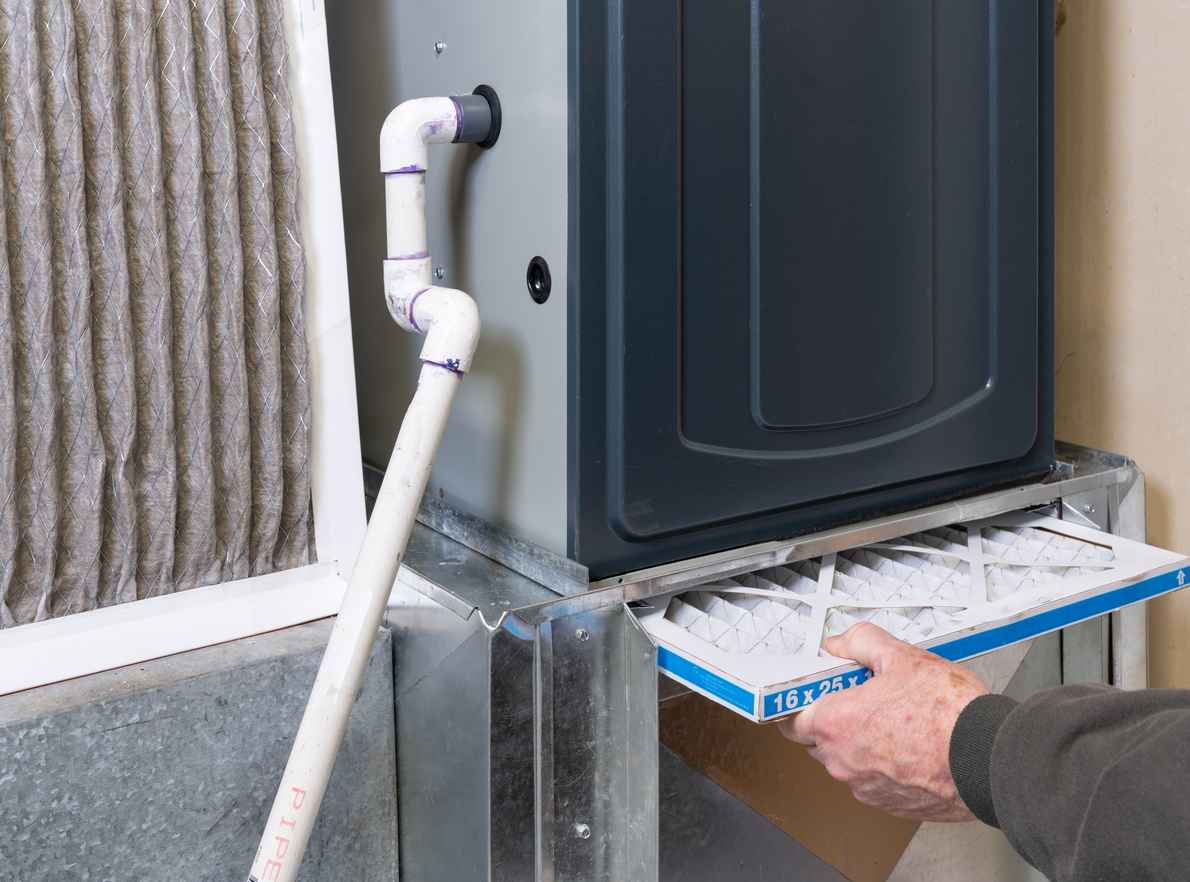
Is Your Furnace Ready for a Central Texas Winter? Austin Homeowners Should Check This First

Don’t Get Spooked by Strange HVAC Noises This Halloween: Austin’s Guide to a Fright-Free, Cozy Home
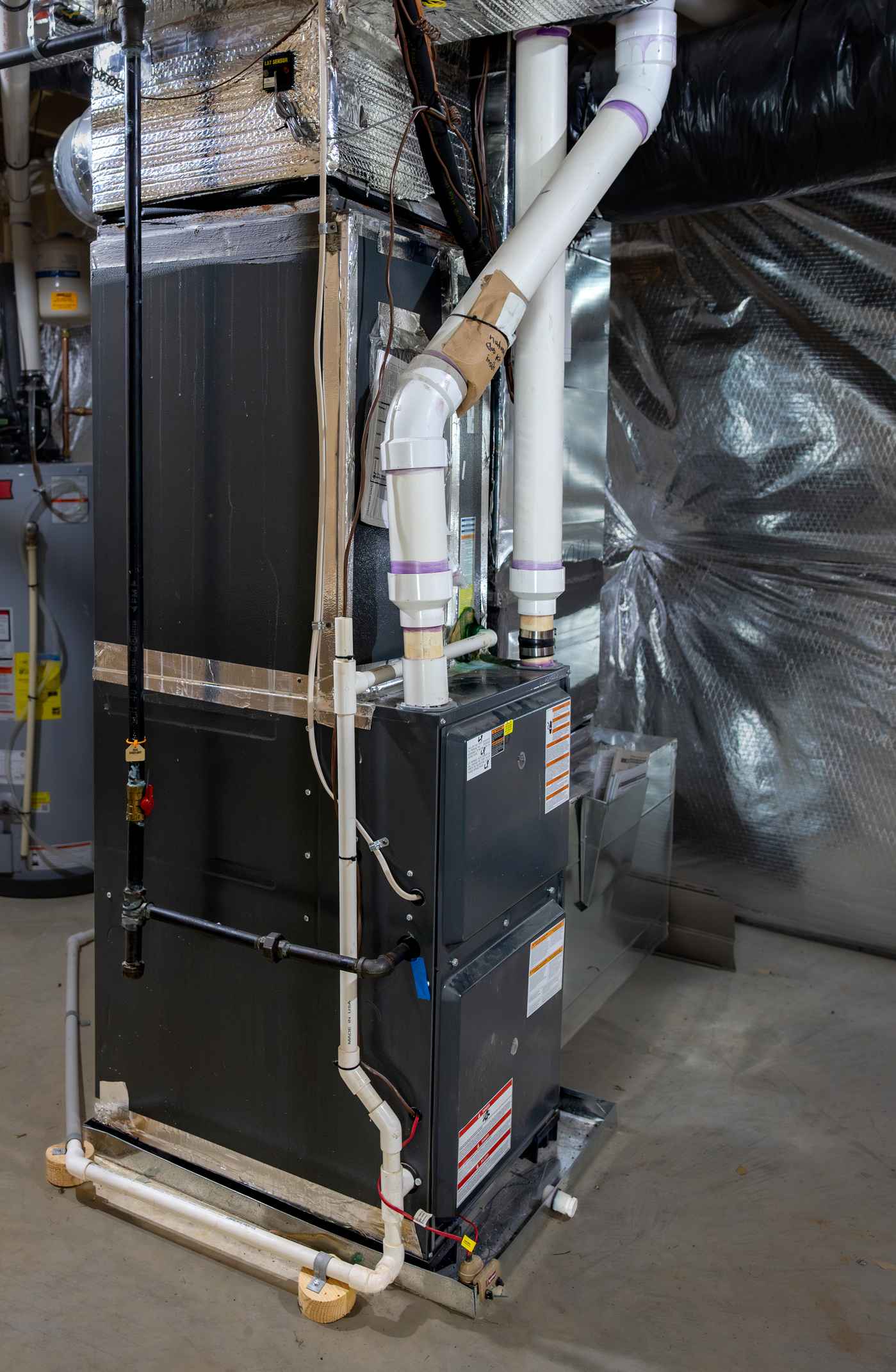
Preparing Your Austin Home for the Switch from AC to Heat
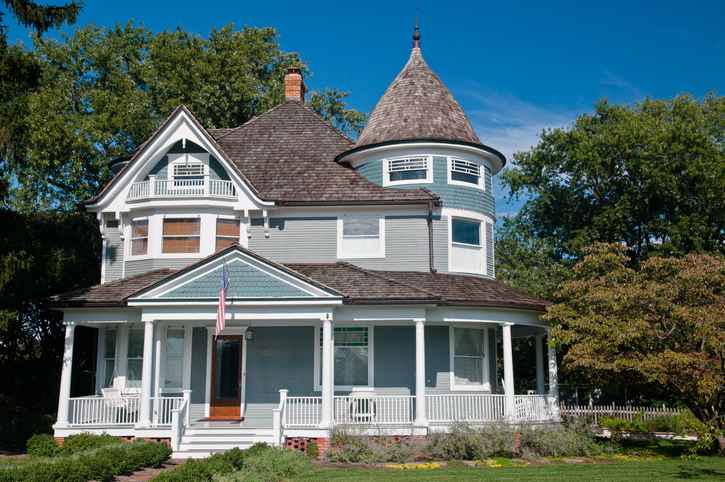
Why Austin’s Older Homes Need Special Attention When It Comes to HVAC Efficiency
